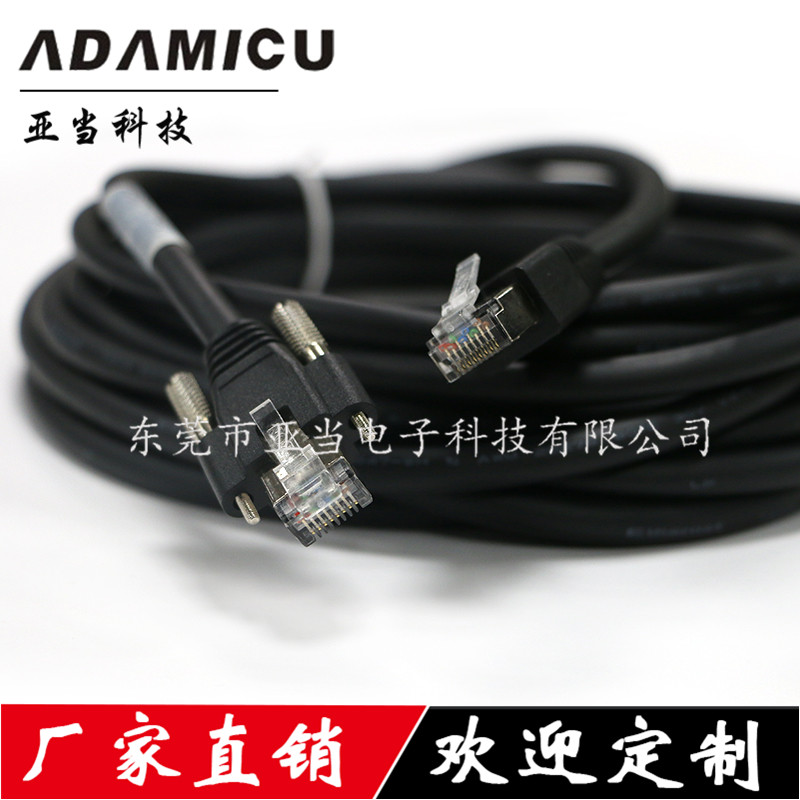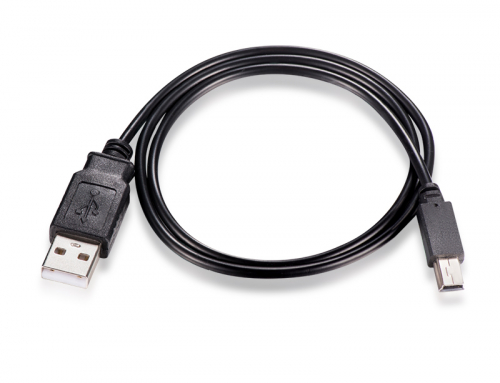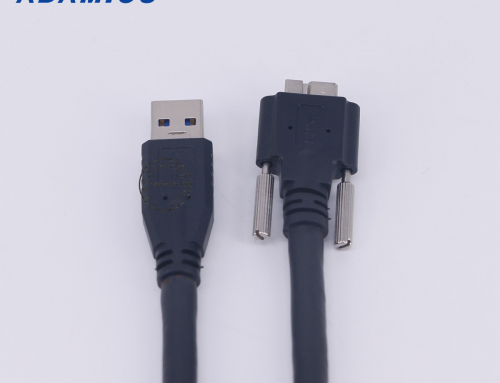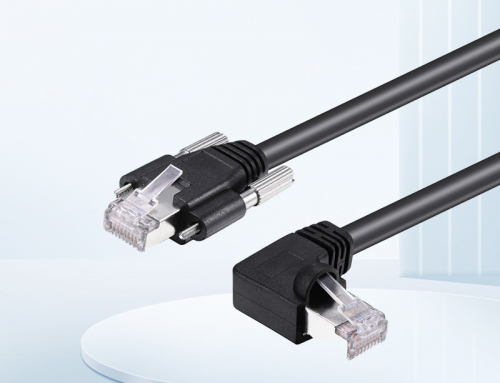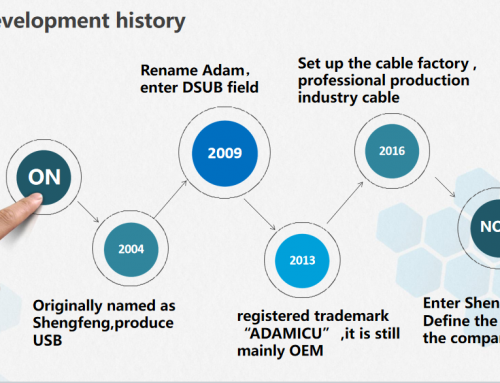The industrial camera is a key component in the machine vision system, and its most essential function is to convert the light signal into an ordered electrical signal. Choosing the right camera is also an important part of the design of machine vision system, the choice of camera not only directly determines the resolution of the captured image, image quality, but also directly related to the operation mode of the entire system.
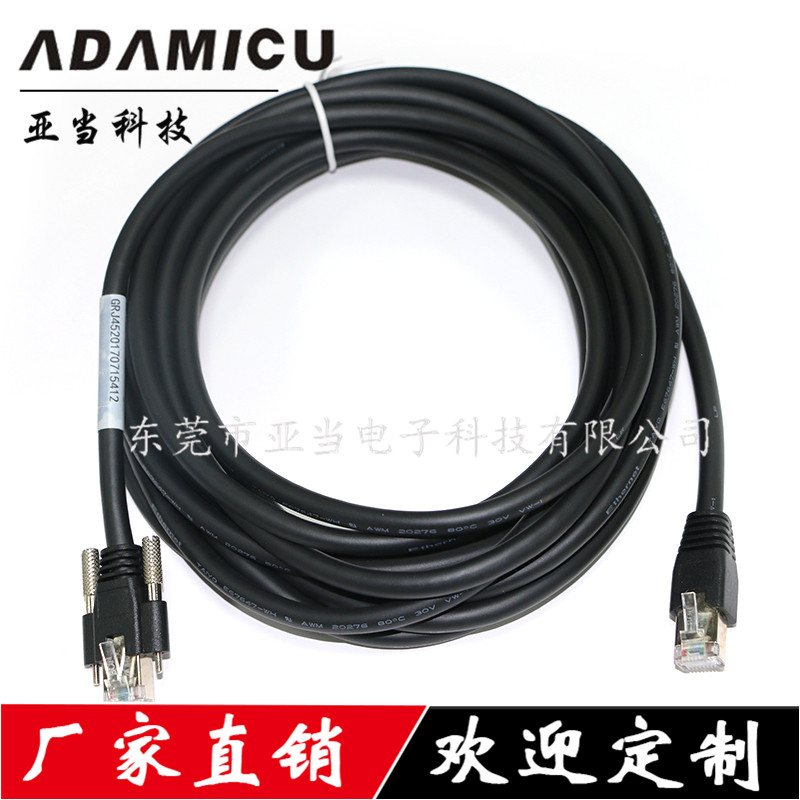
Industrial cameras, also known as industrial cameras, compared with traditional civil cameras (cameras), it has high image stability, high transmission capacity and high anti-interference ability, etc. Most industrial cameras on the market are cameras based on CCD (Charge Coupled Device) or CMOS (Complementary Metal Oxide Semiconductor) chips.
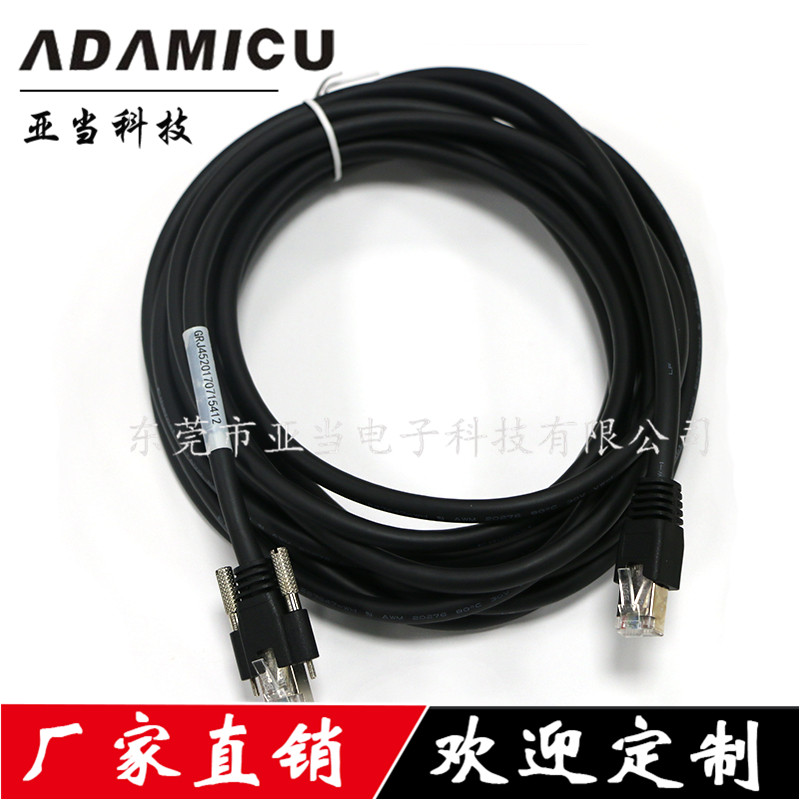
CCD is the most commonly used image sensor in machine vision. It integrates photoelectric conversion, charge storage, charge transfer and signal reading, and is a typical solid-state imaging device. The outstanding feature of CCD is that the charge is used as a signal, and it is different from other devices that are current or voltage. This kind of imaging device forms a charge packet through photoelectric conversion, and then transfers and amplifies the output image signal under the action of the driving pulse. A typical CCD camera consists of an optical lens, a timing and synchronization signal generator, a vertical driver, and an analog/digital signal processing circuit. As a functional device, CCD has the advantages of no burn, no lag, low voltage operation and low power consumption compared with vacuum tube.
